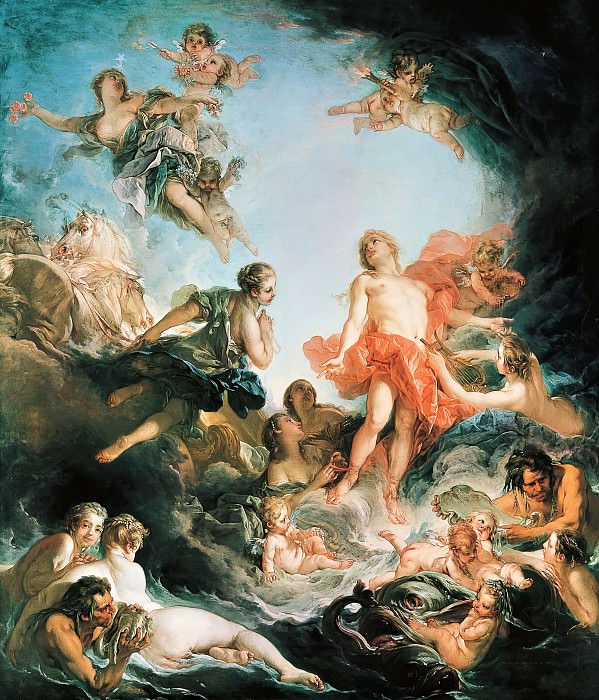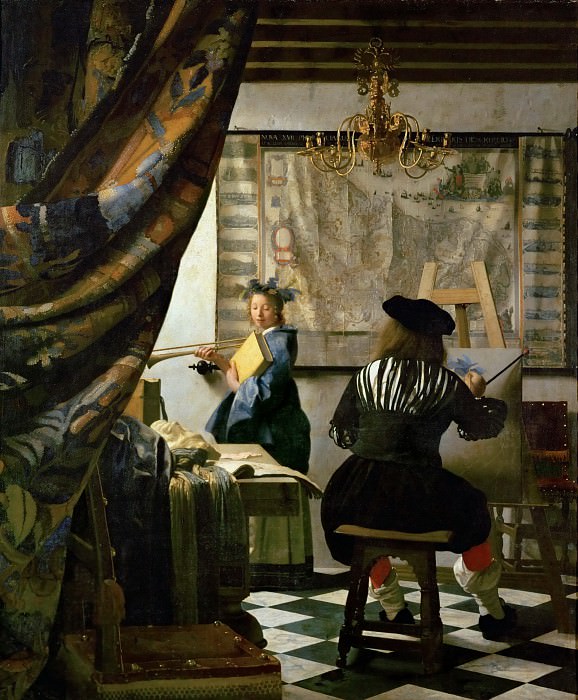Juan Luna: A Maestro of Philippine Art
Juan Luna, born on October 23, 1857, in the small town of Badoc in the Ilocos Norte province of the Philippines, is a name that resonates deeply in the annals of art history, particularly in the Philippines. A painter and political activist during the Spanish colonial period, Luna's works are celebrated for their masterful technique, emotional depth, and the profound messages they convey.
Early Life and Education
Juan Luna y Novicio was the third of seven children in the Luna family. His early exposure to art came from his mother, who was an amateur painter, and his father, who was a traveling merchant. Luna's artistic talent became evident at a young age, and he pursued formal training at the Ateneo Municipal de Manila, where he initially studied as a sculptor.
Journey to Europe
Luna's artistic journey took a significant turn when he moved to Europe to study painting. In 1877, he enrolled at the Escuela de Bellas Artes de San Fernando in Madrid, Spain. Under the tutelage of renowned artists such as Alejo Vera, Luna honed his skills and developed a unique style that combined classical techniques with his own innovative approaches.
The Masterpiece: Spoliarium
Luna's most famous work, "Spoliarium," was completed in 1884. This massive painting, measuring 4.22 meters by 7.675 meters, depicts a poignant scene from ancient Rome, where fallen gladiators are stripped of their armor and dragged into a chamber beneath the Colosseum. The painting's dramatic composition, striking use of light and shadow, and powerful subject matter earned Luna the gold medal at the Exposición Nacional de Bellas Artes in Madrid.
"Spoliarium" is not only a masterpiece of artistic skill but also a profound political statement. It symbolizes the oppression and suffering of the Filipino people under Spanish rule. The painting's powerful imagery and Luna's ability to evoke deep emotions made it an enduring symbol of resistance and national pride.
Political Activism
Juan Luna was not just an artist; he was also a fervent nationalist and political activist. He was closely associated with the Propaganda Movement, a group of Filipino expatriates in Europe who advocated for political reforms in the Philippines. Luna's art often reflected his political views, using symbolism and allegory to critique colonial rule and inspire a sense of national identity among his compatriots.
Other Notable Works
While "Spoliarium" remains Luna's most celebrated work, his oeuvre includes numerous other remarkable paintings. "The Death of Cleopatra" (1881) is another notable piece, showcasing his ability to capture dramatic historical scenes with meticulous detail and emotional intensity. This painting won Luna a silver medal at the Exposición Nacional de Bellas Artes.
Luna's portraiture also stands out for its lifelike representation and psychological depth. His portrait of "Governor General Ramón Blanco" is an exemplary work that captures the authority and personality of its subject. Similarly, his self-portraits reveal his introspective nature and his mastery in depicting human emotion.
Personal Struggles
Despite his professional success, Luna's personal life was fraught with challenges. His marriage to Paz Pardo de Tavera, a Filipina of Spanish descent, was marred by jealousy and violence. In a tragic turn of events, Luna was accused of killing his wife and mother-in-law in a fit of rage in 1892. He was acquitted on grounds of temporary insanity, but the incident left a dark mark on his legacy.
Legacy and Influence
Juan Luna's contributions to Philippine art and national identity are immeasurable. His works continue to inspire generations of artists and art enthusiasts. The emotional power and technical brilliance of his paintings have cemented his place as one of the greatest Filipino artists of all time.
Luna's influence extends beyond the art world. He played a crucial role in the Philippine revolution against Spanish rule, using his art to promote the ideals of freedom and independence. His paintings are not just artworks; they are historical documents that capture the spirit of an era and the struggles of a nation.
Preservation and Recognition
Today, many of Juan Luna's works are housed in the National Museum of the Philippines, where they are preserved and displayed for public appreciation. "Spoliarium," in particular, occupies a place of honor, drawing thousands of visitors each year who come to witness its grandeur and historical significance.
Luna's legacy is also honored through various commemorations and institutions named after him. The Juan Luna Building in Manila and the Juan Luna Elementary School are just a few examples of how his name and contributions are remembered and celebrated.
Conclusion
Juan Luna's art is a testament to his genius and his deep love for his country. Through his masterful use of color, composition, and symbolism, he created works that are not only visually stunning but also rich in meaning and emotion. His paintings continue to resonate with audiences today, reminding us of the power of art to inspire, provoke, and transform.
As we reflect on the life and works of Juan Luna, we are reminded of the enduring impact of his art and his unwavering commitment to the cause of Philippine independence. His legacy lives on, not only in the canvases he painted but also in the hearts of those who continue to draw inspiration from his remarkable journey.



